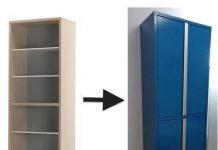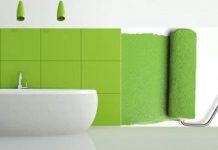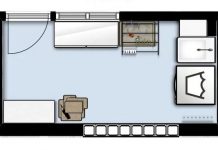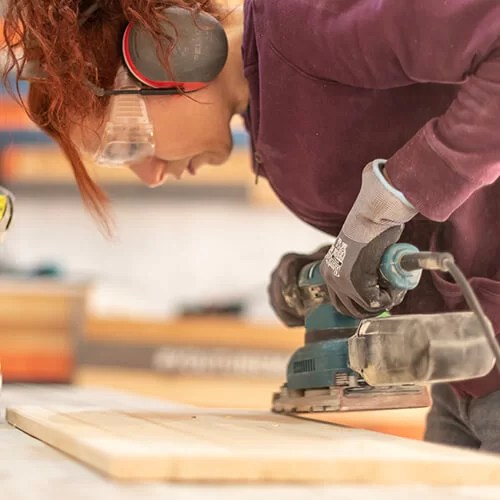
Microcement is a continuous coating that is ideal for both interiors and exteriors and is so versatile that it adapts to floors, walls, stairs and furniture. The final result is spectacular since it is elegant and combines with everything. Furthermore, with the ready-to-use microcement you can carry out your own reforms at home, so read on to learn about all its advantages.
Microcement is the result of combining traditional cement with polymers, fibers and aggregates that provides excellent adherence on practically any surface. For this reason, one of its main advantages is that it can be applied on existing coatings without having to do works.
In addition, it is resistant and light since only a 2-3 mm thick layer is required. With it, surfaces without expansion joints are achieved, being able to be applied continuously and without cuts, resulting in a highly aesthetic finish.
The ready-to-use microcement that can be found in the microcement store increases the possibilities that this material has for your home, since it allows you to carry out a 100% DIY reform.
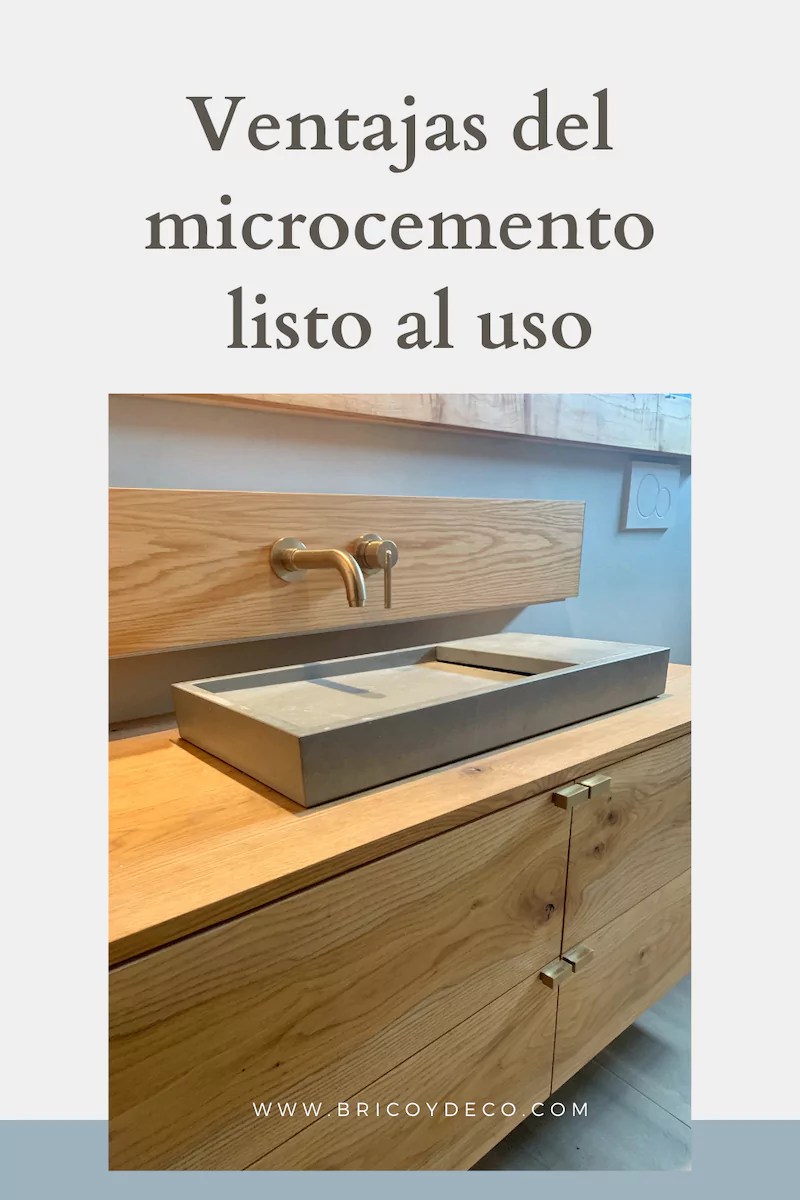
Advantages of ready-to-use microcement
Microcement is usually applied by professionals, which is why the main advantage of using ready-to-use microcement is that you just have to choose the kit that is most appropriate according to the surface you want to renovate and get down to work. In addition, Smartcret ready-to-use microcement has the following additional advantages:
- It allows a rapid renovation of spaces without works, since it is a material that requires little drying time.
- There is no need to mix components because the product is already ready for use.
- It can be applied on all types of surfaces: cement mortar, self-levelling, terrazzo, marble, tile, plasterboard, etc. Also on vertical and horizontal surfaces, as well as indoors and outdoors.
- Its high mechanical resistance means that it does not crack over time.
- It does not scratch, you just have to take care of it like any other material.
- Its maintenance and cleaning is very easy, just clean it with water and neutral soap.
- Its composition contains mineral components and natural pigments free of toxic components, making it respectful of the environment.
In short, buying ready-to-use microcement will allow you to carry out that reform that you have been imagining for so long in an easier and cheaper way.
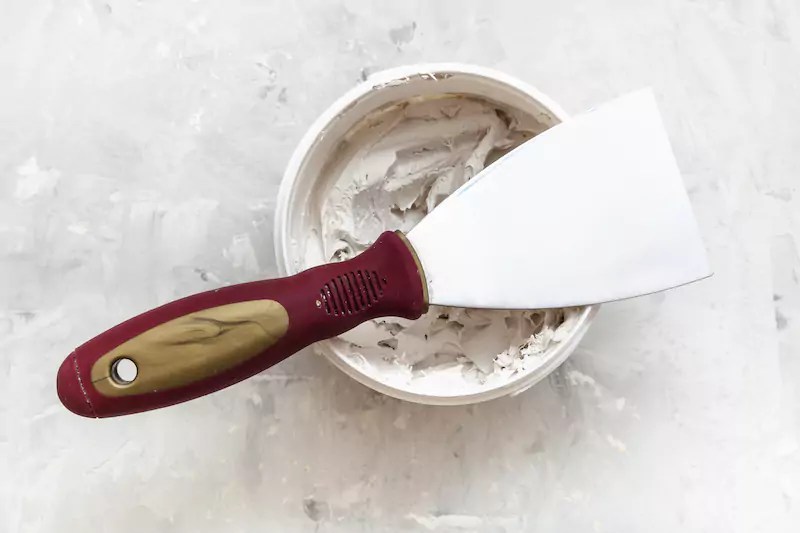
How to apply ready-to-use microcement step by step
When applying ready-to-use microcement, it must be taken into account whether the surface is absorbent (plaster) or not (tile, marble, etc.). If it is an absorbent surface, the following steps will be followed:
- Preparation. The surface must be level and free of moisture, cracks, dust and grease. Next, the surface on which it is going to be applied will be delimited with masking tape.
- primer. The previous primer will guarantee the fixation of the microcement, for this a layer of special primer for porous surfaces will be applied with the roller and it will be allowed to dry.
- Base microcement application. Two layers of base microcement are applied with the help of a steel trowel. It will be allowed to dry the time recommended by the manufacturer between coats and will be sanded after each coat with a 40 grit sandpaper.
- Smooth microcement application. Two layers of smooth microcement are applied with the help of a rubber trowel. It will be allowed to dry for the time recommended by the manufacturer between coats and will be sanded after each coat with 400 grit sandpaper.
- Sealing and protection. 3 coats of sealer will be applied with the roller to waterproof the surface. Afterwards, it will be allowed to dry for the time recommended by the manufacturer. It is also recommended to sand the first and second coat with 400 grit sandpaper to achieve a fine feel.
In the case of non-porous surfaces, it will be necessary to previously fill the joints in the case of tiles and apply a special primer for non-porous surfaces. The rest of the steps will be the same as on porous surfaces.
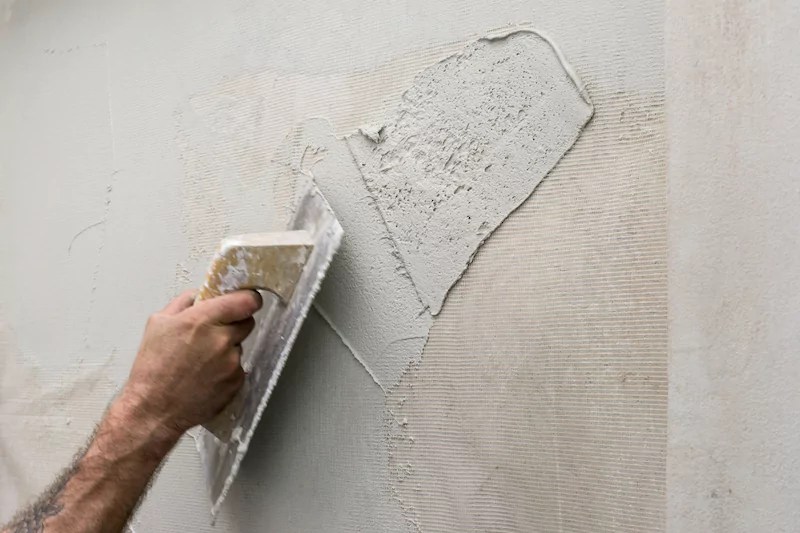
On the other hand, in both cases it is essential that the layers are always thin. Otherwise, cracks could occur and the necessary time between coats could not dry.
On what type of surfaces can microcement be applied?
In general, microcement can be applied to all types of surfaces, whether smooth or porous, such as:
- Showers and bathtubs, since it resists high temperatures and water, although a special waterproofing finish is recommended to prevent the appearance of fungi. In addition, a non-slip finish can be applied to prevent slipping.
- Floors except on parquet and platform, since the movements of expansion and contraction typical of this type of flooring can crack the microcement. On the other hand, it must be taken into account that the floor must be level and free of moisture and dirt.
- Bathroom and kitchen tiles, as well as marble, granite, etc.. Apart from the aesthetic finish offered by microcement, its application in these rooms avoids building permits, the removal of tiles or debris and all the dust and dirt that this generates.
- plaster walls, making them a much harder surface than applying paint and making them easier to clean thanks to the application of the sealer. In addition, with microcement you can obtain different finishes and in a wide variety of colors.
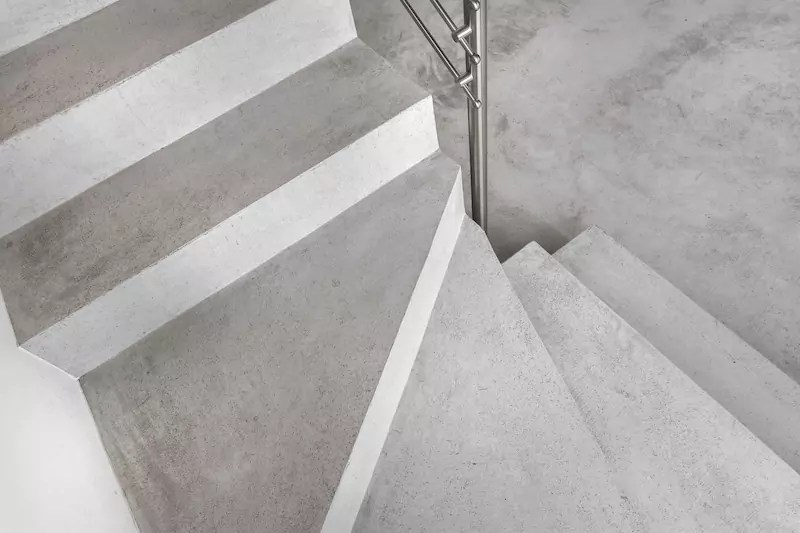
Types of microcement finishes
Microcement is a very versatile material that allows both finishes with different textures, both matte and gloss. In addition, it has a wide variety of shades since different tints can be applied and even imitate effects such as Venetian stucco.
Among the range of colors to choose from microcement, you must take into account the earth tones they are a safe bet when it comes to creating warm and welcoming environments:
- Sands. It is a color that serves as the basis for any type of decoration. They are refreshing, natural and timeless, they also provide a balance between warmth and light.
- Browns. They transmit well-being, relaxation and warmth. They are ideal for creating classic, yet contemporary environments.
- Terracottas. They bring intensity to the decoration and are perfect for a rustic and elegant decoration.
- Mustard. It provides warmth and is complemented by cool, neutral colors. They allow you to create spaces that shine with their own light.
On the other hand, gray tones they bring elegance to any room and decorative style, as they allow contrasts to be created with other tones and are ideal as a base.
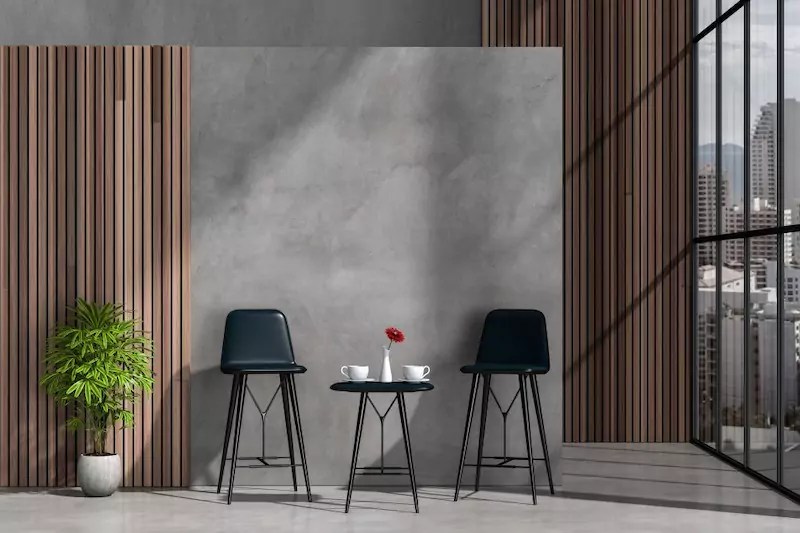
Ultimately, the ready-to-use microcement you do not need to mix several components and due to its ease of use it is ideal for handymen and DIY enthusiasts. In this way, you can renovate your home without works and at a lower cost, do you dare?
You can find many more guides on DIY and decoration at and on .

